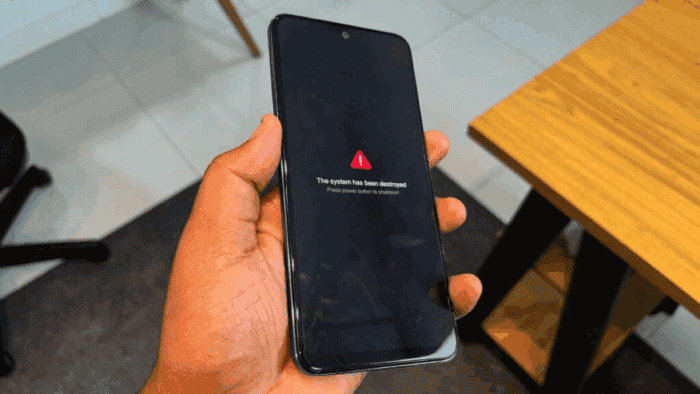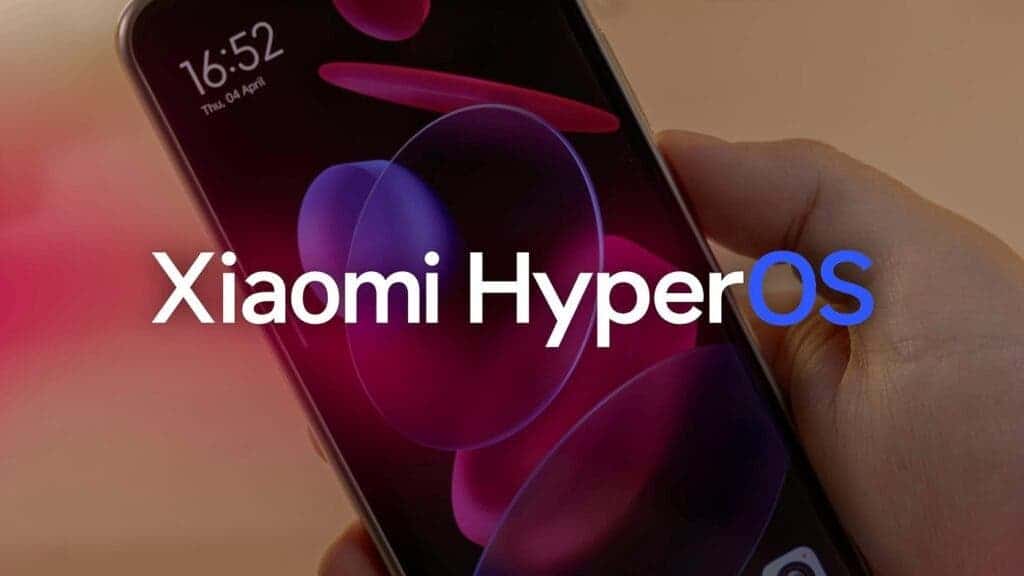PhonesXiaomi
Xiaomi Halts HyperOS Updates After Black Screen Bug

Nick Papanikolopoulos
June 28, 2025

If you’re a Xiaomi 12T owner and your phone suddenly went dark—literally—you’re not alone. In a rare public move, Xiaomi has paused certain HyperOS updates after reports emerged of a black screen bug affecting users in the latest firmware batch. It’s not affecting everyone, but it’s bad enough that Xiaomi isn’t taking any chances.

What updates were affected?
As of now, two specific firmware builds have been suspended:
- OS2.0.5.0.VLQIDXM
- OS2.0.7.0.VLQMIXM
Both were rolled out to a partial group of users as part of Xiaomi’s typical staggered update approach. That rollout is now officially frozen while the company investigates.
So… what’s causing it?
That’s where it gets interesting. According to Xiaomi’s internal reports, at least two affected units had undergone unofficial screen replacements—third-party repairs that didn’t use authorized service components. A third case is still being examined. Now, this doesn’t definitively mean unauthorized parts are to blame, but Xiaomi’s engineers are leaning in that direction. The logic tracks: HyperOS likely attempts to interface with display hardware in a specific way, and if that display doesn’t behave as expected? Black screen.

Still, the company isn’t rushing to judgment. Engineers are continuing their diagnostics to confirm whether there’s a broader software-side vulnerability or if this is truly a hardware compatibility issue tied to out-of-spec repairs.
What happens next?
For now, Xiaomi says it’s taking a cautious approach. No full stop of HyperOS development—just a pause on the specific versions involved. The team is also working on diagnostics improvements and advising affected users to reach out to official Xiaomi support rather than third-party repair shops. There’s no public ETA for a patched release yet.
Read Also: Redmi K90 Pro: First Details Revealed – What to Expect
A reminder on unofficial repairs
This whole situation also acts as a quiet cautionary tale. While third-party repairs are often faster or cheaper, they can come with side effects that only show up later—especially after major software changes. It’s not a new conversation. Apple, Samsung, and now Xiaomi have all faced pushback over how tightly their hardware and software ecosystems are bound. But in moments like this, those boundaries become painfully visible.
Disclaimer: We may be compensated by some of the companies whose products we talk about, but our articles and reviews are always our honest opinions. For more details, you can check out our editorial guidelines and learn about how we use affiliate links.Follow Gizchina.com on Google News for news and updates in the technology sector.
Source/VIA :
XT